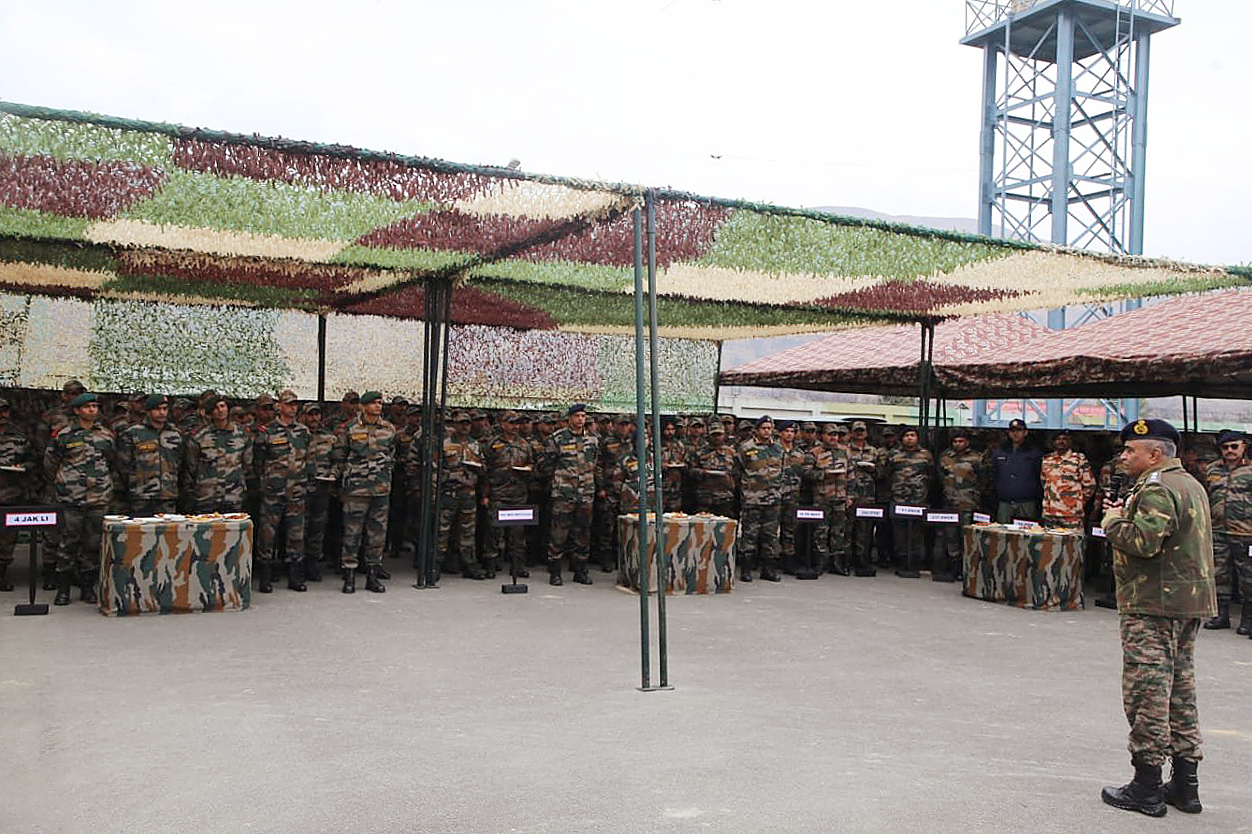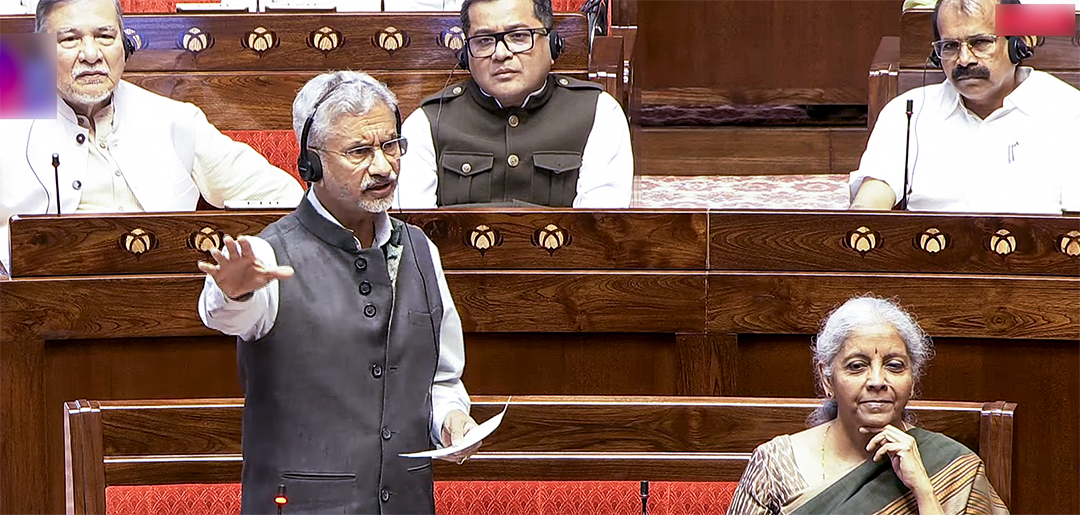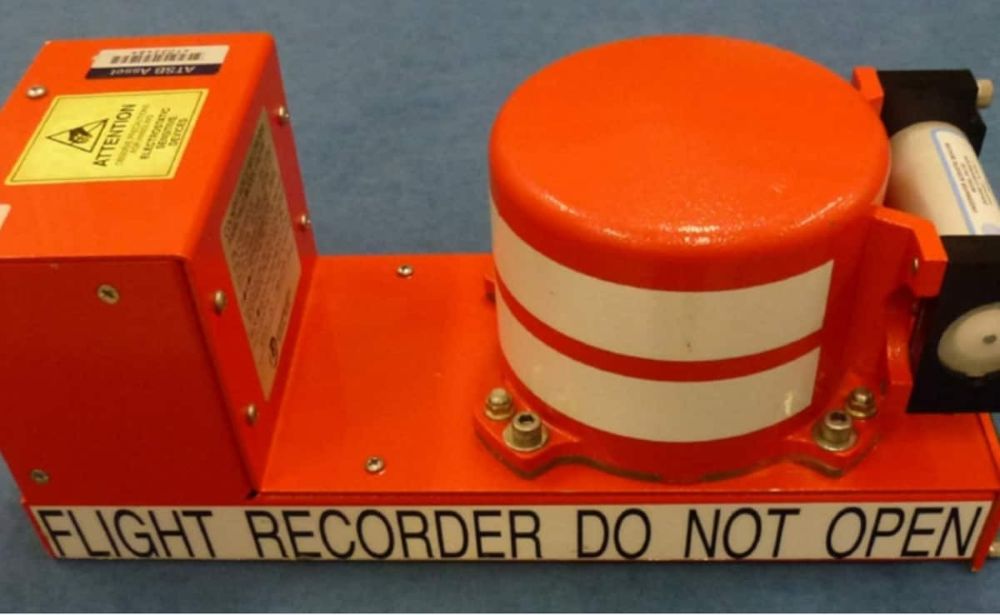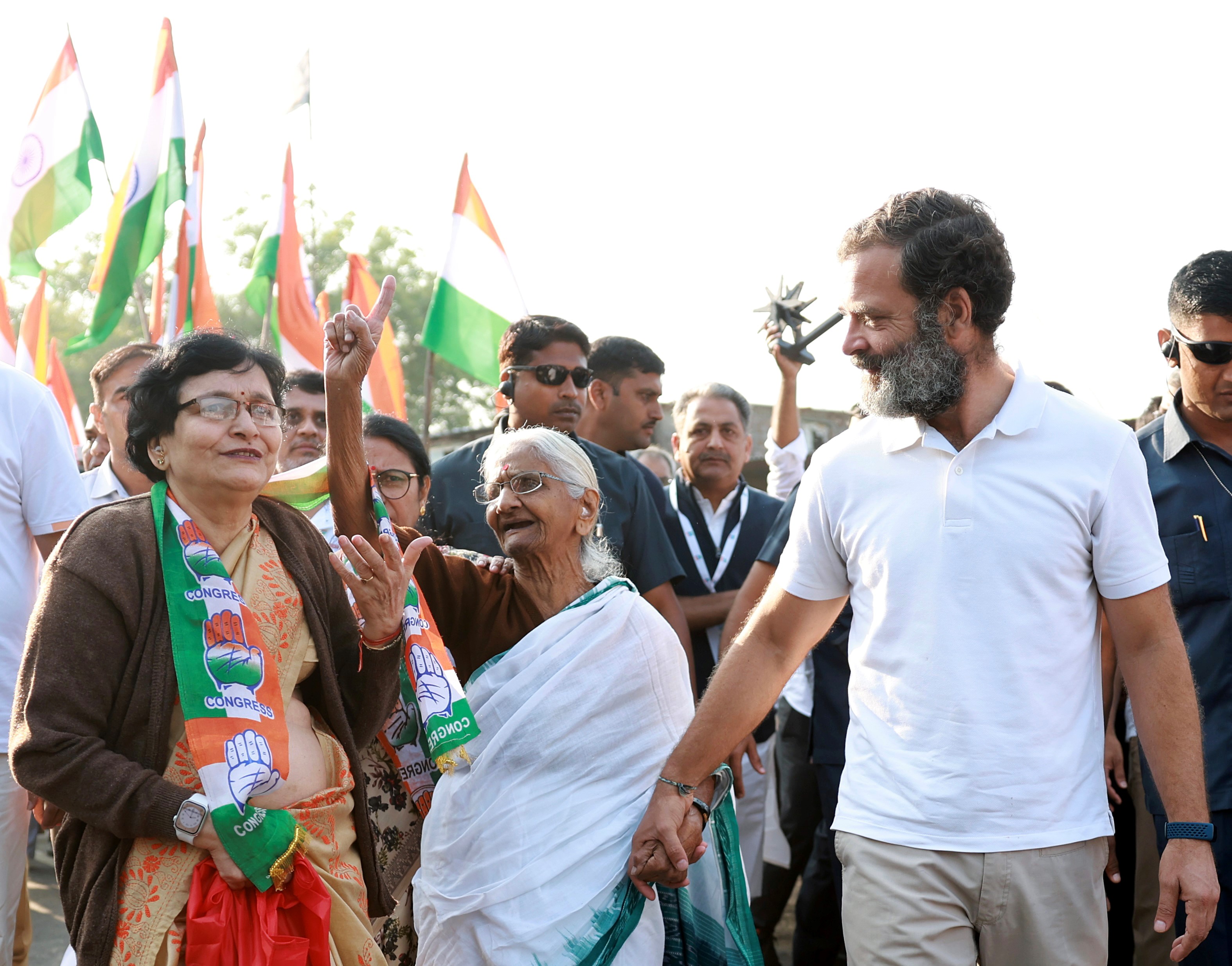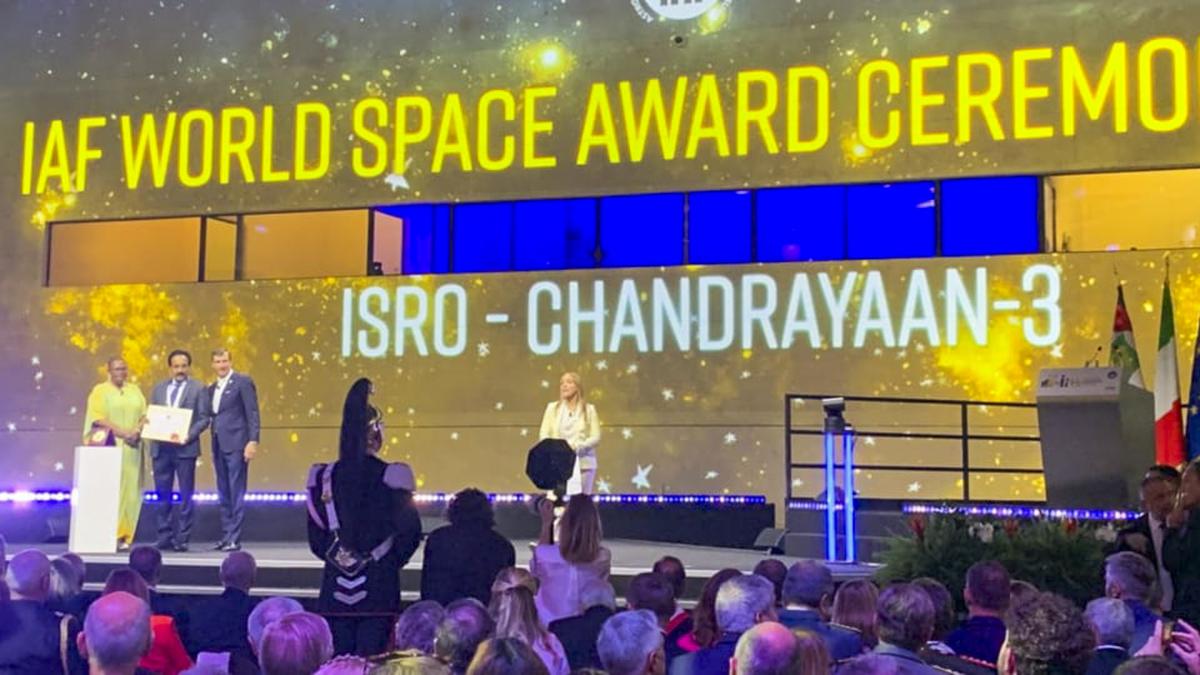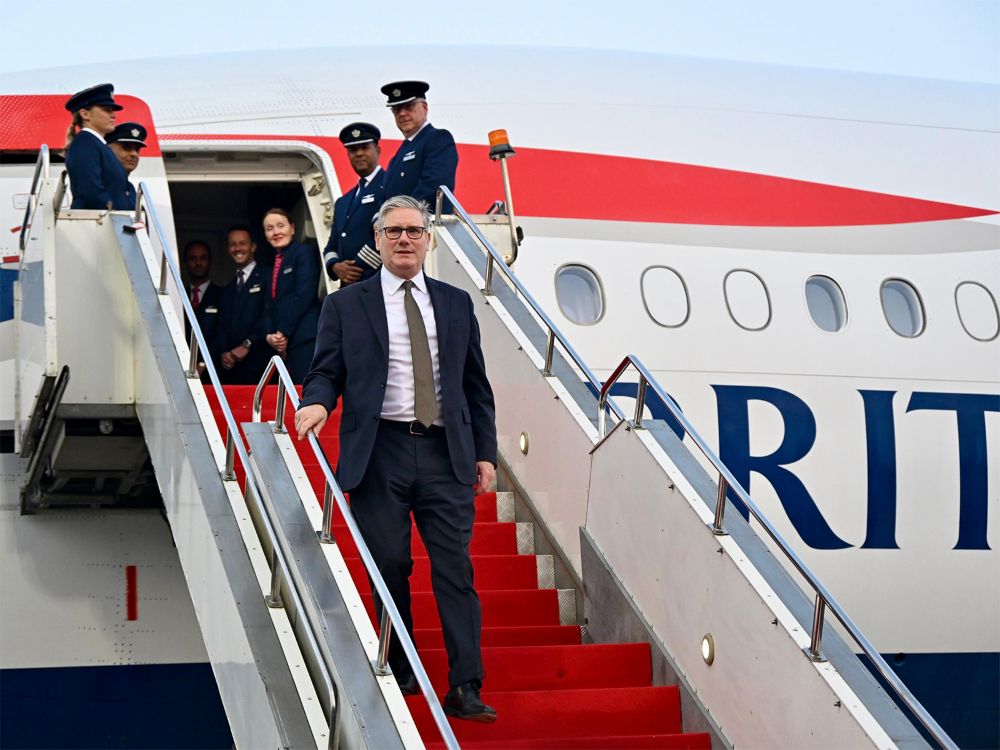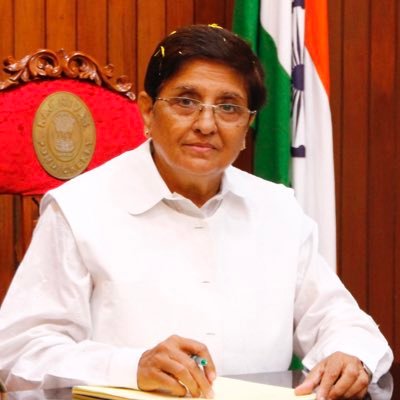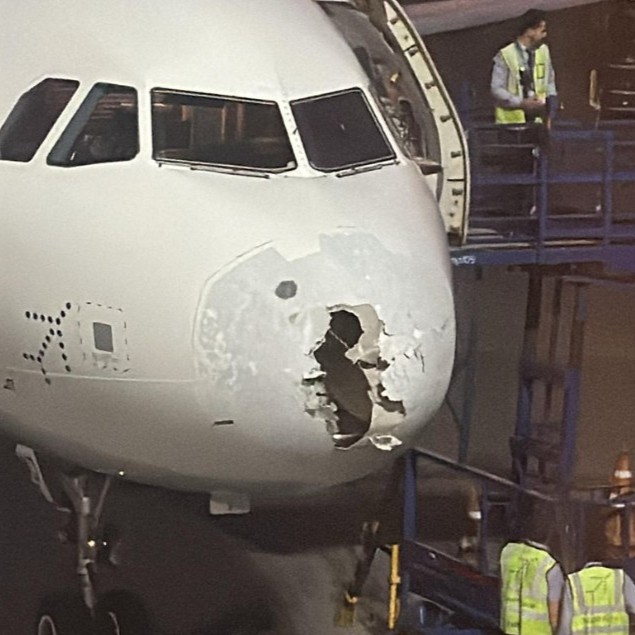The Strategic Support Force puts together China’s electronic war forces, network war forces, which include but is not limited to cyber, and elements of its space forces
Our Bureau
Kolkata/New Delhi
Indian Army and the Air force jointly conducted a Multi Domain Air-Land Exercise Vayu Prahar along the Line of Actual Control (LAC) in eastern command recently, according to sources. The exercise validated and refined procedures quintessential for synergized joint operations. Army Formations, Special Forces along with Indian Air Force participated in the 96-hour exercise in the Eastern Theatre.
In the second week of March 2023, the Indian Army and the Air force jointly conducted a Multi Domain Air-Land Exercise Vayu Prahar in the Eastern Theatre to validate joint plans to prosecute synergized multiple domain operations, according to the sources. Multi-Domain operations aim to orchestrate military activities across all domains to deliver converging effects.
The scope of the joint exercise included rapid mobilization of an earmarked Rapid Reaction Force from the hinterland to undertake air-landed operations in a nominated Advance Landing Ground, according to the sources. The air landed force further executes contingency tasks as per a realistic exercise scenario in challenging high-altitude terrain conditions.
The conduct of Exercise Vayu Prahar enabled coordination and rehearsal amongst various agencies for quick mobilization, transportation and deployment of forces within a theatre that can be executed across theatres.
Meanwhile, it has been reported that the Chinese spy balloon that flew over the United States earlier this year bore the earmarks of an operation carried out by China’s Strategic Support Force (SSF), a little-known hybrid branch of the People’s Liberation Army that combines elements of cyber, electronic, space, and psychological warfare.
The SSF, established on the last day of 2015 as part of an armed forces restructuring introduced early in Chinese leader Xi Jinping’s rule, has no exact counterpart in any other country, according to Dean Cheng, a senior adviser on China at the US Institute of Peace and longtime observer of China’s military. In a telephonic interview given to VOA, Dean Cheng said, “The Strategic Support Force brought together China’s electronic war forces, Chinese network war forces, which include but is not limited to cyber, and elements of China’s space forces. These have been in different bins, if you will, within the PLA.”
He added, “Interestingly, it also brings in Base 311, which is responsible for political warfare.”
According to a report published in VOA, Larry Wortzel, a China expert, is a senior associate at the American Foreign Policy Council and a regular contributor to the publications of the United States Army War College. Even before the SSF was established, he witnessed China’s combined cyber and information warfare.
While Wortzel believes the computer attack was meant to keep some Chinese capabilities hidden from public view, he claims this is not always the case. He said, “Sometimes they do want the outside world to know what they’re doing,” adding, “Because they want to either deter give a warning to the US and other countries: Look, this is what we’re capable of, be careful.”
According to John Costello and Joe McReynolds in a study published on SSF by the US military’s National Defense University in 2018, SSF was launched as part of the PLA revamp as Chinese authorities sought to pivot from land-based territorial defense to extended power projection in emerging domains and beyond their borders, according to VOA.
Wortzel told VOA that the author of “Long-Distance Operations,” Jiang Yamin was a senior colonel assigned as a researcher at the Academy of Military Sciences, the PLA’s preeminent military studies and strategy institution. He added that Jiang was later promoted to major general and served as deputy director of the military academy’s Combat Theory and Regulations Research Department.
Observers increasingly see “long-distance operations” as a suitable description of how Chinese agents, including the SSF, are conducting political warfare in distant lands, attempting to shape the political environment in each country and society in their favor.
The Chinese frequently refer to political combat as “intense but smokeless wars.” The lyrics of a song performed with great fanfare on the 70th anniversary of China’s Communist takeover point to the force’s combined goal in space and stealth theatres.
According to information later released by the PLA recruitment center, state media played up a short recruitment film in January, highlighting 5,000 “civil” positions that needed to be filled with the SSF, including engineering positions and posts in a special medical science center within the SSF.
















